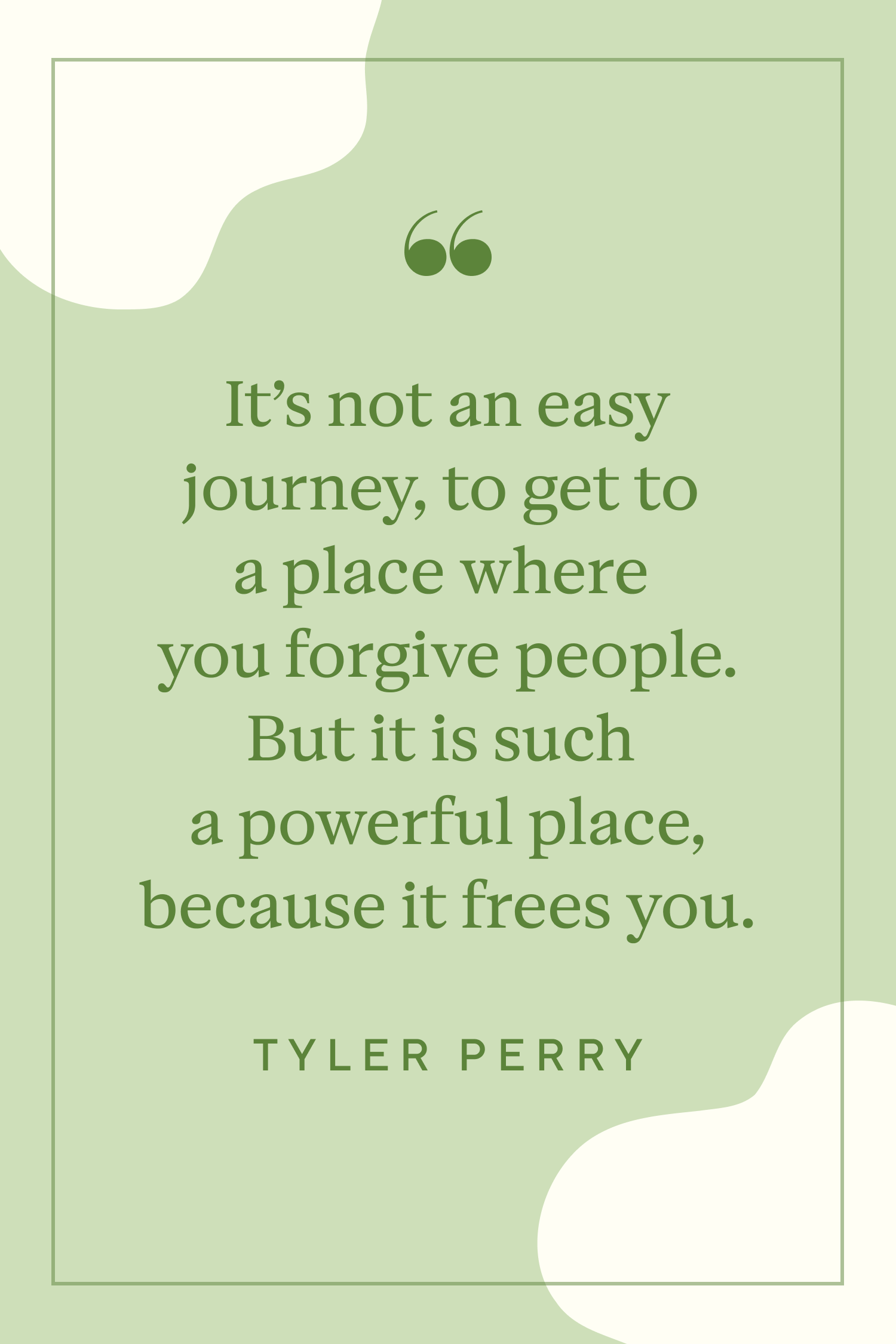How to Take the First Step with Steps to Forgive Someone Who Has Wronged You
How to Take the First Step with Steps to Forgive Someone Who Has Wronged You
Blog Article
Vital Steps to Forgive: Welcoming the Power of Forgiveness in Your Life
Mercy is a multifaceted procedure that holds significant ramifications for psychological well-being and personal growth. It starts with acknowledging one's feelings, a crucial step that enables individuals to face the pain connected with their experiences. This initial acknowledgment leads the way for much deeper representation on the conditions bordering the dispute, fostering understanding of both one's very own emotions and the inspirations of others. The trip does not finish with acknowledgment; it transitions right into a conscious choice to forgive. Such a decision can be transformative, yet numerous stay uninformed of the nuanced steps that comply with.
Understanding Forgiveness
Mercy is an intricate psychological procedure that requires allowing go of animosity or temper towards an individual who has caused injury. It is not just a straightforward act of claiming "I forgive you," yet instead a profound inner trip that entails reconciling one's experiences and feelings. Recognizing mercy needs acknowledging that it functions as a mechanism for psychological launch, enabling individuals to move on without the problem of previous grievances.
This procedure is usually misunderstood; forgiveness does not imply pardoning the activities of the culprit or minimizing the impact of their actions. Instead, it is about redeeming individual power and fostering psychological wellness. Mercy can advertise healing, as it usually causes decreased stress, reduced anxiety degrees, and improved general mental wellness.
Additionally, recognizing forgiveness entails acknowledging that it is a personal journey, unique to every person. Aspects such as cultural background, individual values, and previous experiences can form exactly how one strategies forgiveness. Inevitably, embracing mercy can lead to much healthier partnerships, both with oneself and others, assisting in a path toward emotional liberation and durability.
Acknowledge Your Sensations
Acknowledging and identifying one's sensations is a crucial action in the forgiveness procedure. It is vital to confront the emotions that emerge from hurtful experiences, as these sensations can notify just how we process the situation and our succeeding actions. Disregarding or reducing sadness, betrayal, or temper can result in long term emotional distress and impede our capacity to forgive.
To properly recognize your sensations, take some time to determine and call the certain emotions you are experiencing. This might entail journaling, introspective techniques, or discussing your sensations with a relied on close friend or therapist. By articulating what you really feel, you can gain clarity and understanding right into the underlying problems that require attention.
Furthermore, accepting your emotions as valid and understandable is crucial; they are genuine actions to your experiences. This recommendation enables you to move previous victimization, cultivating a feeling of empowerment. Ultimately, recognizing your sensations is not regarding home on them but rather concerning recognizing their role in your trip toward mercy. Welcoming this action prepares for healing, helping with an extra extensive improvement within yourself and your relationships.
Reflect on the Situation
After acknowledging your sensations, the next essential action involves reviewing the circumstance that motivated those emotions. This reflective procedure is important over here for comprehending the context and the characteristics at play in the dispute or painful experience. Begin by analyzing the specific events, activities, or words that resulted in your psychological response. Think about the inspirations behind these actions, both your own and those of others entailed.
Engaging in this evaluation allows you to get point of view, which can brighten how misconceptions or varying point of views might have added to the scenario (Steps to forgive). Aim to acknowledge any kind of patterns in your reactions, as well as the actions of others. This recognition can cultivate compassion, allowing you to value the intricacies of human communications
By showing deeply, you cultivate a more clear understanding of the scenario, which is an essential foundation for relocating onward in the forgiveness process. This step not just clarifies your feelings but additionally prepares you for the next important decision in your journey towards mercy.
Choose to Forgive

The choice to forgive typically originates from a deep understanding of the negative influence that keeping rage can have on your life. It is vital to identify that mercy is a gift you provide to yourself, enabling you to relocate ahead with quality and function. Begin by mirroring Homepage on the reasons behind your wish to forgive, which can empower you in this journey.
In this critical moment, affirm your choice by expressing your commitment to forgive, whether with journaling, meditation, or discussion with trusted people. This act of selecting mercy can function as a driver for individual growth, helping you to grow strength and psychological stamina. As you take this action, keep in mind that forgiveness is an ongoing procedure, and your dedication is essential to its success.
Embrace the Recovery Refine
Embracing the healing procedure is crucial for those that have actually chosen to forgive, as it enables people to navigate their feelings and foster personal development. The journey of healing is not straight; it includes recognizing hurt, processing feelings, and inevitably relocating toward acceptance. By challenging the feelings associated with the disobedience, people can begin to launch the weight of resentment and anger.
To facilitate this healing, it is vital to involve in self-reflection and look for assistance from trusted buddies, household, or professionals. Journaling can likewise provide a safe electrical outlet for revealing thoughts and feelings, making it less complicated to recognize patterns and triggers. Practicing mindfulness and self-compassion can better enhance this process by promoting a higher understanding of one's sensations and motivating a gentler approach to oneself.

Conclusion
Finally, the journey towards forgiveness includes a number of essential actions that cultivate emotional recovery and individual development. Recognizing feelings, assessing the circumstance, and knowingly selecting to forgive are indispensable parts of this procedure. Accepting the recovery trip allows individuals to cultivate durability and compassion, ultimately causing an extra satisfying life. The power of forgiveness not just eases problems but also leads the way for deeper links and a greater understanding of oneself and others.
Mercy is a diverse procedure that holds significant ramifications for emotional health and personal growth.Mercy is a complicated psychological procedure that entails letting go of bitterness or temper toward an individual that has actually triggered injury.Identifying and acknowledging one's sensations is an essential step in the mercy procedure (Steps to forgive). By showing deeply, you cultivate a clearer understanding of the circumstance, which is a critical structure for moving forward in the forgiveness process. As you take this step, keep in mind that mercy is an ongoing process, and your dedication is vital to its success
Report this page